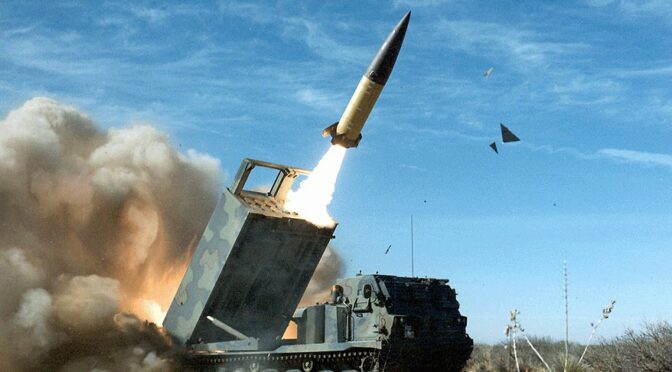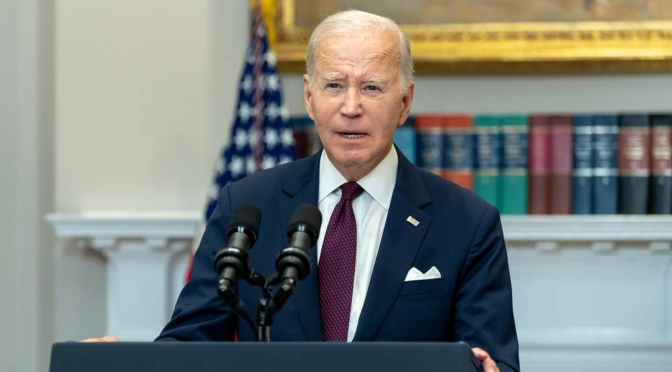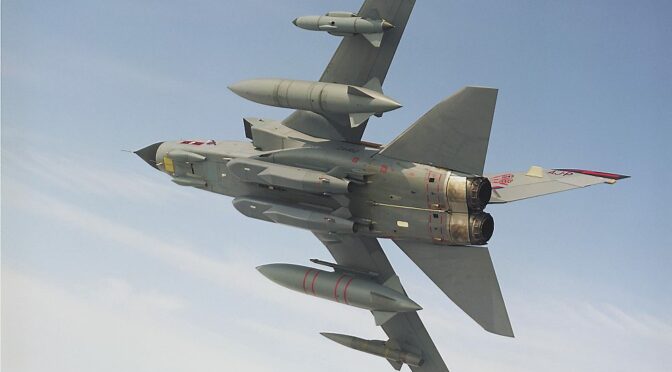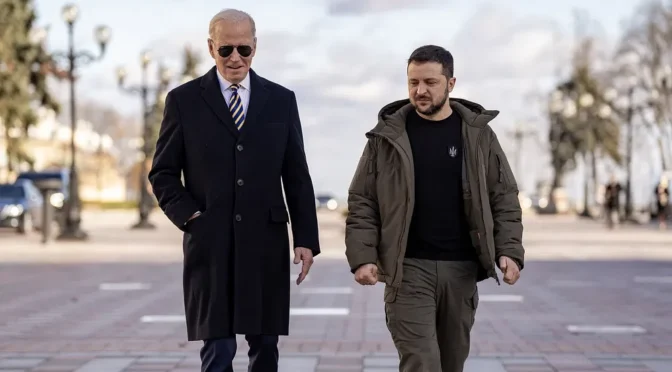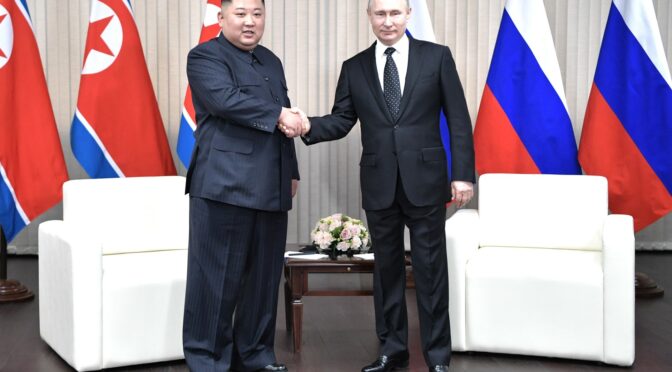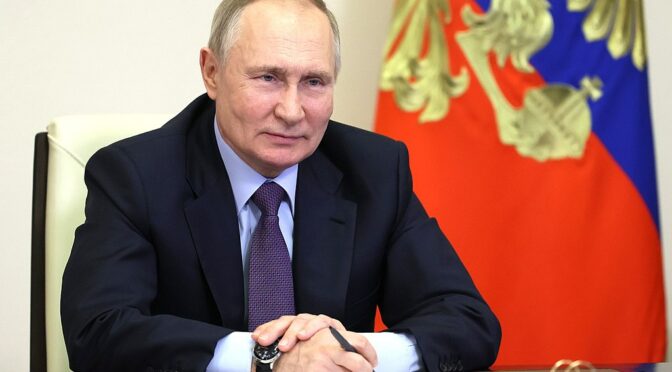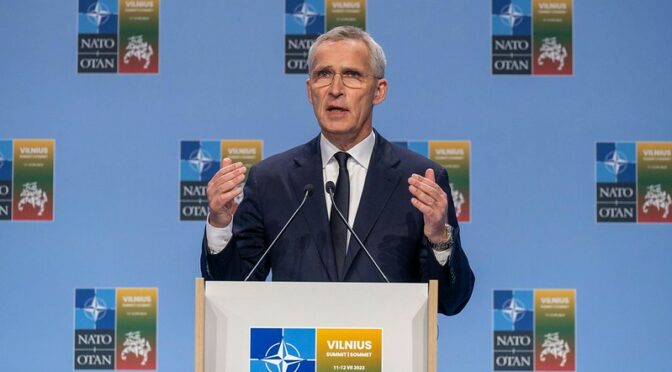Article published in The Daily Telegraph, 24 September 2023. © Richard Kemp
After more than a year of procrastination, President Joe Biden has reportedly told President Volodymyr Zelensky that ATACMS ballistic missiles will be sent to Ukraine. I experienced ATACMS fire missions against high value Iraqi targets in 1991 during Operation Desert Storm. They are powerful and precise, capable of wreaking destruction on enemy forces up to 190 miles away.
These missiles are badly needed by Ukraine, outnumbered against Russian defences with air superiority and a 10:1 advantage in artillery. But formidable as they are, they will not be a game-changer. According to reports from Washington only ‘a small number’ are to be supplied and it may be many more months before they actually come into action.
Unnecessary delays in supplying vital combat capabilities, including tanks and F16s, cost lives and handicap Kyiv’s efforts to drive the Russians out. Behind this is a fear of provoking Putin and triggering escalation. That fear is unfounded: Moscow is already throwing everything it’s got into this war and the last thing it can afford is a direct fight with Nato. Nor would Putin dare hit the nuclear button, despite his earlier bluster, now muted. Every one of his red lines crossed so far by Ukraine or the West has been met with the same bluster. True to sabre-rattling form, the day after the ATACMS decision was made public, Sergey Lavrov, the foreign minister, again trotted out the familiar line that the West is ‘directly at war’ with Russia.
Another consequence of Washington’s unfounded fear of escalation is that when ATACMS eventually arrive, they will come with a red flag banning their use against targets on Russian sovereign territory. That irrational restriction applies to all Western-supplied weapons, so while Russia is free to strike any target it can get to in Ukraine, Kyiv has one hand tied behind its back. Untying that hand could prove pivotal in this war, enabling Ukraine to strike Russian military headquarters, air bases, munitions factories, and supply lines. Continue reading

